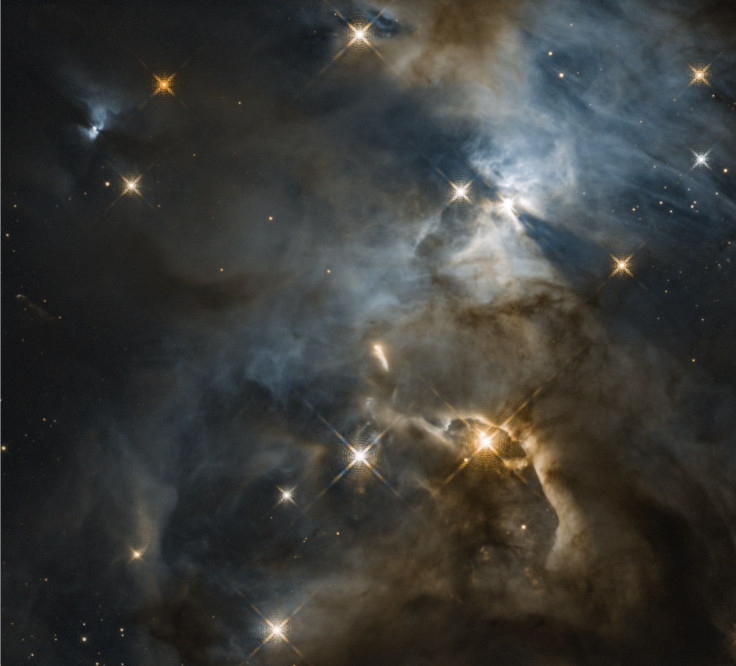NASA's Hubble Spots Cosmic Flapping ‘Bat Shadow’ Made By Young Star [WATCH]
KEY POINTS
- The Hubble Space Telescope captured new images of a young star
- Shadows that resemble bat wings extend from the star
- The shadows of the star are moving due to a surrounding cosmic disk
The latest images captured by the Hubble Space Telescope show cosmic shadows that resemble the flapping wings of a bat. According to scientists, the strange phenomenon was caused by a planet-forming disk surrounding a young star.
The star photographed by NASA’s space telescope has been identified as HBC 672. It is located within the Serpens Nebula and is about 1,300 light-years from Earth’s neighborhood.
As seen in the image captured by Hubble, two sets of shadows extend from both sides of the bright star. After going through a series of images taken by the space telescope of the star, a team of scientists noticed that the shadows are moving. Due to the shadows’ appearance, they have been referred to by the scientists as “Bat Shadows.”
Based on their observations, the scientists estimated that the shadows could be about 200 times longer than the length of the Solar System. They believe that the shadows of HBC 672 were most likely formed by the disk surrounding it.
“You have a star that is surrounded by a disk, and the disk is not like Saturn’s rings – it’s not flat,” Klaus Pontoppidan, lead author of the study and an astronomer at the Space Telescope Science Institute, explained in a statement.
“It’s puffed up. And so that means that if the light from the star goes straight up, it can continue straight up – it’s not blocked by anything,” he added. “But if it tries to go along the plane of the disk, it doesn’t get out, and it casts a shadow.”
The scientists noted that the disk, which is composed of different planet-forming materials such as dust, rock and gas, might contain a fully-formed planet. They believe that this planet might be following an orbital trajectory that’s inclined to the disk’s pane.
They theorized that the movement of the planet is creating rough shapes within that disk that could cause the shadows of HBC 672 to move.
“If there were just a simple bump in the disk, we'd expect both sides of the shadow to tilt in opposite directions, like airplane wings during a turn,” the study’s co-author Colette Salyk explained.
The study carried out by the scientists on HBC 672 and its shadows will be included in the next edition of the Astrophysical Journal.

© Copyright IBTimes 2024. All rights reserved.





















